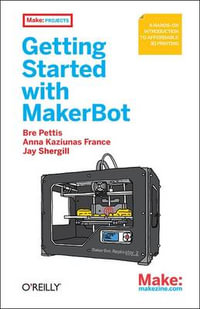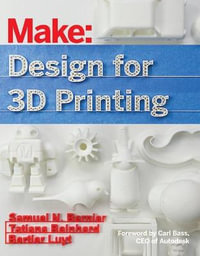| Job Design and analysis: Modelling and simulation of human behaviour in process control: needs, perspectives and applications | |
| Development of a framework for analysis of human error and disturbance occurrence in manufacturing systems | |
| A systems analysis of team working in human supervisory control | |
| Planning complex projects in organizations involves situated cognition | |
| Studying the work of schedulers: how do they work, how can we know? | |
| Estimating production potentials: expert bias in applied decision making | |
| Testing Belbin's team role theory of effective group functioning: do mixed teams perform better than shaper teams? | |
| Assessing the effects of location, media and task type on team performance | |
| On the structure of working behaviour | |
| Mental fatigue and task performance | |
| Human-Computer Interaction: Cognitive ergonomics in the design and evaluation of web and other computing systems | |
| Designing the paramedic protocol and patient reporting computer (P3CO) | |
| Haptic augmentation of virtual reality | |
| The sensory conflict adaptation measure (SCAM): a tool for VE effects prediction and performance measurement | |
| Readability of computer displays as a function of colour, saturation and background texture | |
| A fast and easy psycho-physical procedure to adjust luminance and achromatic contrast in conventional video display terminals (VDT) | |
| Perspectives on a study of user understanding and perception of multimedia video | |
| Individual and group commitment to computer mediated decisions | |
| Psychological type and cognitive style as antecedents of computer attitudes | |
| Design of user interfaces for non-European markets: a study of global demands | |
| Finding out what users really think: using cognitive modelling to improve icon design | |
| The Athena HCI assessment suite | |
| Exploring the space of cognitive architectures: evaluating applications in HCI | |
| BUILD-IT: a brick-based tool for direct interaction | |
| Support of fault diagnosis during supervisory control by means of interface design | |
| Applied Psychology: The psychodynamics' of human-machine interaction | |
| The element of trust: identifying key components of trust for HSC domains | |
| The effect of auditory warning signals on visual target identification | |
| Action-driven quantification of task-solving behaviour | |
| The effects of combined stressors on the production of speech | |
| The role of goals in shaping user interactions with speech systems | |
| It's good to talk: stress effects on articulation onset time | |
| Strategy choice when being mentally fatigued | |
| Fitting the mental model: a new technique for computerized event recording | |
| Evaluation of mental workload by using probe-tasks | |
| Manipulation of attention within the somatosensory systems | |
| The multimodal user model: cognitive processes in the integration of visual text and speech | |
| Self-assessment and accuracy in verbal recognition | |
| Using network theory to delineate multiple resource pools | |
| Human cognition and information processing: potential problems for a field dependent sequential information processor | |
| Product Design and Analysis: The theory of direct perception and the concept of affordances in specifying decision decision support systems | |
| The human factors integration key issues tool | |
| A survey of civil control room design | |
| A framework for the study of the relationship between user and artefact | |
| Usability evaluation of personal security codes based on portraits of human faces | |
| Supporting the anticipation-feedback loop in user interface design | |
| Man-machine simulator and its to an operator support system | |
| Utility analysis in cognitive ergonomics | |
| System cognitive function specification: the next steps | |
| A user-centred deployment methodology | |
| Localizable auditory warnings: integral 'where' and 'what' components | |
| Alerting, informing and localizable auditory warnings | |
| A new approach to the design of multimodal warning signals | |
| Common ground in interactive system design | |
| An ecologically-valid study of categorization by designers | |
| Sub-goal templates: a method for establishing information requirements in process plant | |
| Table of Contents provided by Publisher. All Rights Reserved. |


























